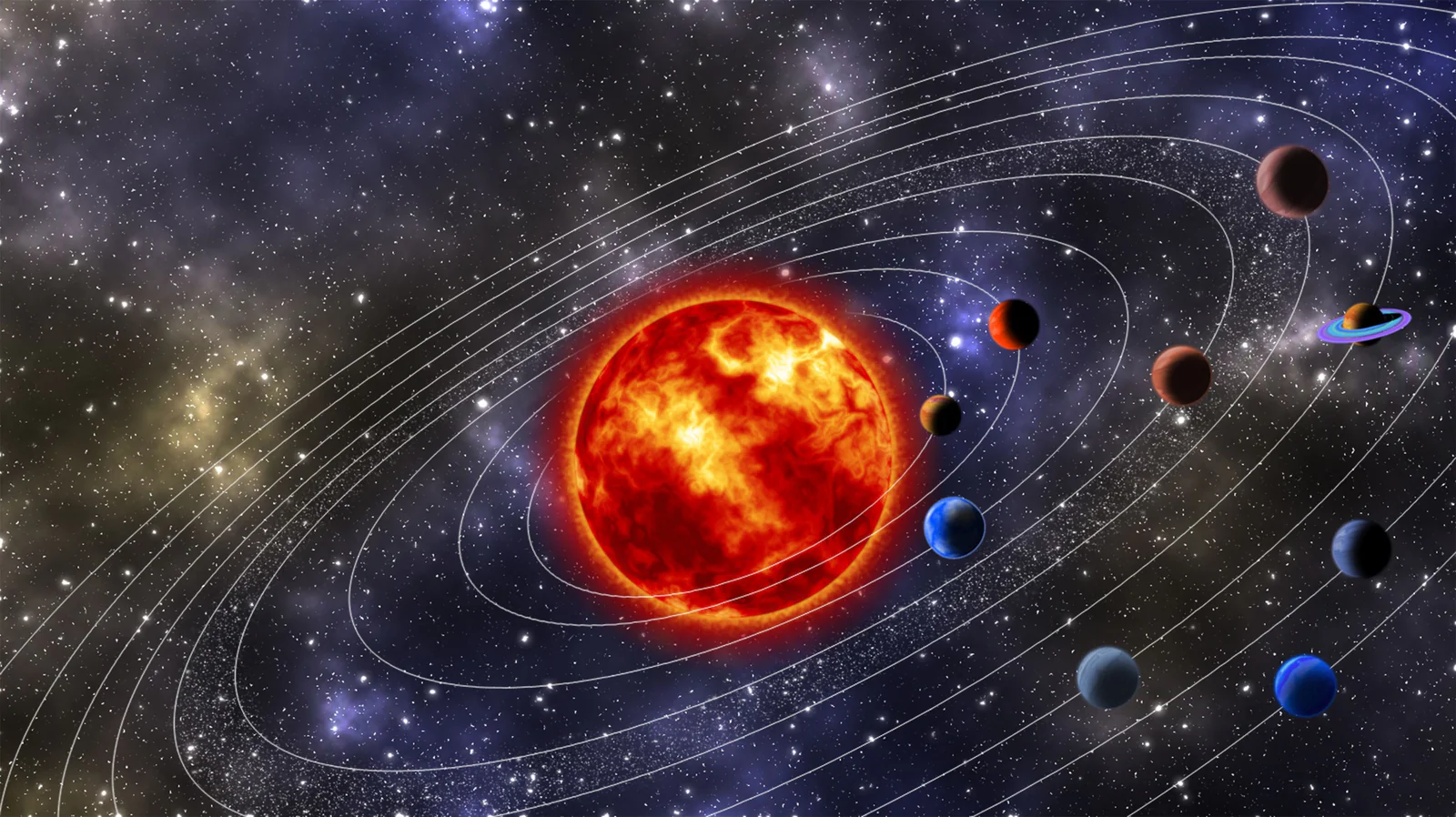How many and which planets are there?

As an astronomy enthusiast, I have always been fascinated by planets and our solar system. If you own a telescope, you know how important it is to have knowledge about the planets you want to observe. That is why I would like to provide some more information about the question that is often asked: How many planets are there actually?
The planets from our solar system
To start with, we can say that until recently there were nine planets in our solar system. These were Mercury, Venus, Earth, Mars, Jupiter, Saturn, Uranus, Neptune and Pluto. The first eight planets were discovered a long time ago, in ancient times. Pluto was only discovered in 1930 by the American astronomer Clyde Tombaugh. It was until 2006 that Pluto had planetary status.
Criteria of a planet
In the same year, the International Astronomical Union (IAU) was formed, which, among other things, is responsible for the definition of a planet. A definition was then formulated whereby a planet is a celestial body that meets three criteria: it must orbit the sun, it must have a spherical shape and it must have its orbit cleared of other material.
Is Pluto a planet?
Pluto did not meet this last condition and was therefore downgraded to a dwarf planet. The solar system suddenly had eight planets and five dwarf planets: Ceres, Haumea, Makemake, Eris and Pluto.

Planets outside our solar system
But there is more than just our own solar system. To date, thousands of exoplanets, or planets outside our own solar system, have been discovered. Most of these have been discovered using the transition method, in which scientists look for small dips in a star's brightness. This indicates a planet passing in front of the star.
How many exoplanets are there?
But exactly how many of these exoplanets are there? There are currently more than 5.000 confirmed exoplanets discovered. This number is still growing, as there are thousands of exoplanet candidates yet to be confirmed. It is therefore not yet clear exactly how many exoplanets there are, but the number is expected to only increase in the future.
The discovery of these exoplanets has also taught us a lot about the diversity of planets in the universe. For example, there are gas giants that are closer to their star than Mercury, while there are also rocky planets that are much larger than Earth. In addition, there are also so-called 'super-Earths', which are between Earth and Neptune in size.
Criteria of a planet
But what exactly makes a planet a planet? As mentioned earlier, a planet must meet three criteria to receive this status. But there are many more properties that a planet can have, such as atmosphere, magnetic fields, moons and rings. The properties of a planet can tell us a lot about the conditions on that planet and the possibility of life.
Another interesting fact is that planets are not always single. Planetary systems have also been discovered in which multiple planets revolve around a star. Some of these planetary systems are similar to our own solar system, while others are very different. The discovery of these planetary systems has also taught us more about the formation of planets and how they form.
How many planets are there actually?
But back to the question: how many planets are there actually? If we only look at our own solar system, there are eight planets and five dwarf planets. If we also include the exoplanets, there are currently more than 5.000 confirmed exoplanets and thousands more candidate exoplanets yet to be discovered.
Increase in the number of planets
The number of planets is only expected to increase in the future, as our technologies continue to develop and we can discover more about the universe. A well-known telescope is the James Webb telescope, this very advanced telescope cost more than 10 billion dollars (9.93 billion euros) to build. It is the largest and most powerful space telescope ever and was built as the successor to the famous Hubble. These rapidly developing technologies will also teach us more about the diversity of planets and the possibility of life beyond our own planet.

Viewing planets with a telescope
If you own a telescope, it is interesting to look not only at the planets in our own solar system, but also at the exoplanets that can be found outside it. With the right knowledge and technology you can even help discover new planets.
Telescope of Vultus for viewing planets
If you want to learn more about astronomy, having your own telescope is a must-have. We at Vultus have a wide range of telescopes for beginners to advanced users. Curious about our range? Then view all our telescopes now.
The number of planets at this time
In short, there are more than 5 at the moment.000 confirmed exoplanets and thousands more candidate exoplanets yet to be discovered. This makes our awareness of the universe increasingly larger and more diverse. Who knows what interesting discoveries we will make in the future?
https://nos.nl/artikel/2459585-james-webb-telescoop-bevestigt-bestaan-exoplaneet




Leave a comment